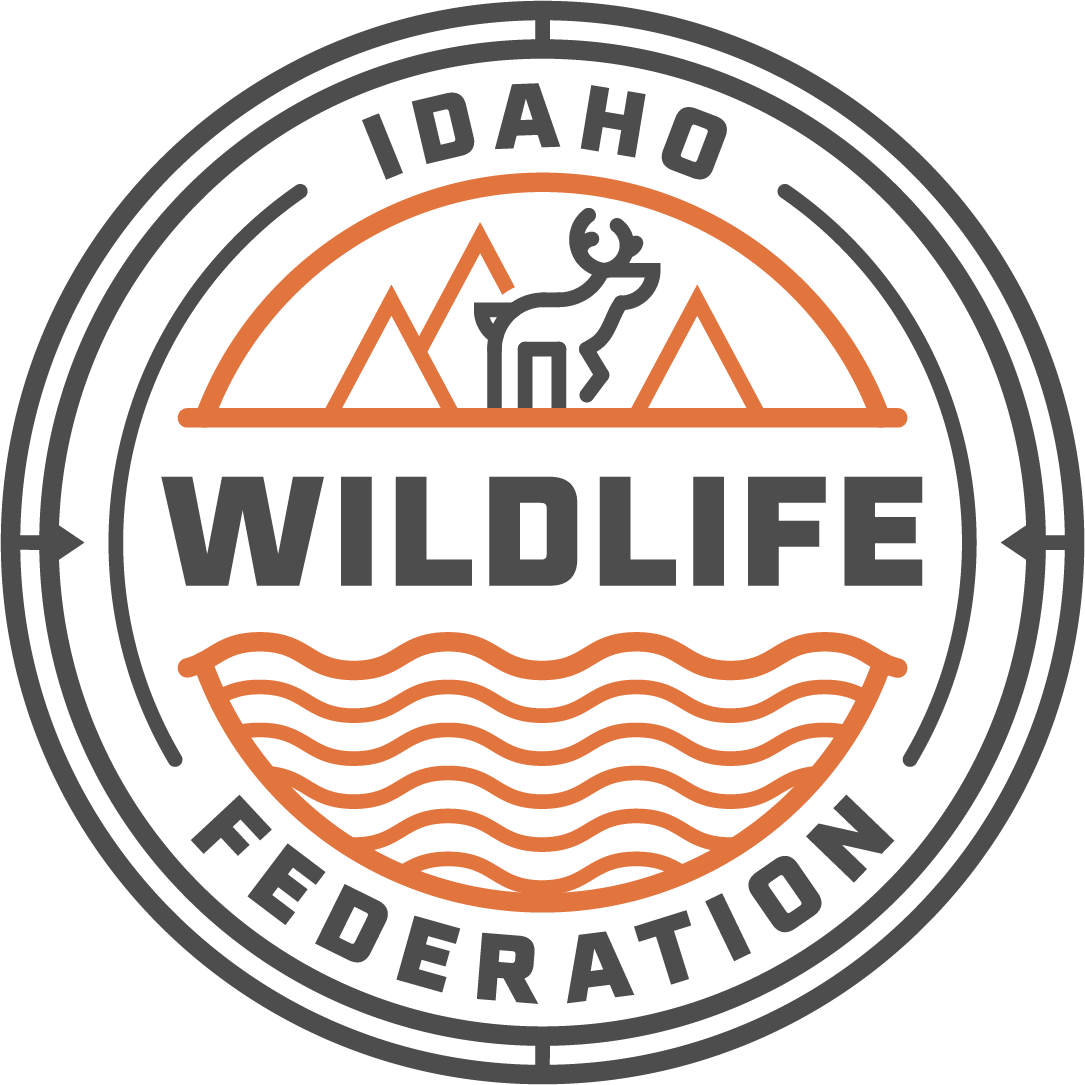You Asked: What’s a Travel Management Plan?
Photo Courtesy National Forest Service
Travel management is the formal process where a land management agency designates individual roads, routes, trails, and areas as either open or closed to various types of travel.
Depending on the land management agency, it can differ slightly, but the overall theme remains the same. Here’s a quick background on how the Forest Service and BLM characterize travel management:
Forest Service
In 2005, the Forest Service finalized the Travel Management Rule, which gives National Forests the ability to, through a public input process, designate an environmentally and financially sustainable system of roads, trails, and areas that are open to motorized use. The travel management planning process requires the agency to delineate an area, conduct an inventory of existing roads and trails, develop alternatives to present to the public for consideration, and take feedback from users on how motorized travel should be managed.
After robust public engagement, the Forest Service will finalize a Travel Management Plan, which designates individual roads and trails open (or closed) to motorized use. The Forest will publish a motor vehicle use map (MVUM) for the public to use as a guide while out recreating. Once a travel management plan is completed, this now prohibits the use of motorized use off a designated road/trail system or outside a designated area. A travel management plan also gives enforcement capability for violations of the plan- We all have seen tracks through an riparian area or a wet meadow that elk regularly use- a TMP gives the ability for the agency to enforce egregious violations.
Bureau of Land Management
“The BLM’s Comprehensive Travel and Transportation Management program aims to provide reasonable and varied transportation routes for access to public lands, and also provide areas for a wide variety of both motorized and non-motorized recreational activities.” The theme is generally the same as the Forest Service: provide an efficient and environmentally sound system of roads and trails on public lands for diverse user groups while minimizing impacts to sensitive fish and wildlife habitat or other resources.
Why Travel Management Is Important for Sportsmen and Women
In the past, we’ve been able to get away with passive off-road vehicle management, but the amount of use and pressure public land receives today necessitates active management via a travel management planning process.
Maintaining access to public land is key to the sporting public. But, access to public lands is a spectrum. To some, access means the ability to drive over the entire landscape, while some believe access means providing a means to get to a large amount of public land that is non-motorized and unfragmented- to then hop out and travel by foot or horse. IWF believes there is a delicate balance we must maintain on the landscape- provide reasonable access to areas while conserving open, unfragmented landscapes that provide unparalleled hunting opportunity across the state.
Next time you’re out hunting and take a look at a trail on OnX maps that says “open to foot/horse travel” or “open to 2-wheel motorized,” take a second to understand that each road and trail designation was considered using public feedback. It takes people like you who know the landscape to speak up for areas you care about and how you want to see off-road travel managed into the future.
Currently, the BLM is working its way through travel management planning in Owyhee County. Check out IWF’s recent blog on the Canyonlands East TMP, and check for updates on the next travel management plan in the Owyhees.
Photo: courtesy National Forest Service

